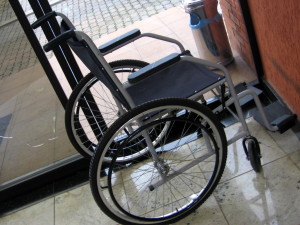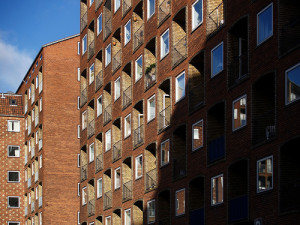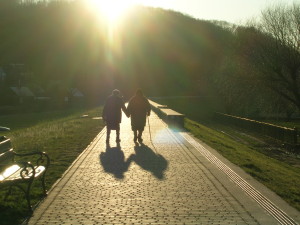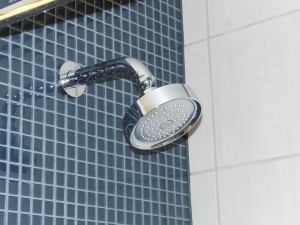 For those of us with elderly loved ones who are currently living in nursing homes or assisted-living facilities, the threat of injuries caused by nursing home abuse is all too real. But what leads staff members at these facilities to perpetrate acts of elder abuse and neglect? Often, as we have noted in previous posts, understaffing at nursing homes frequently results in patients not receiving proper levels of care. But when we think about physical elder abuse, it is more difficult for most San Diego residents to consider explanations.
For those of us with elderly loved ones who are currently living in nursing homes or assisted-living facilities, the threat of injuries caused by nursing home abuse is all too real. But what leads staff members at these facilities to perpetrate acts of elder abuse and neglect? Often, as we have noted in previous posts, understaffing at nursing homes frequently results in patients not receiving proper levels of care. But when we think about physical elder abuse, it is more difficult for most San Diego residents to consider explanations.
The possibility of nursing home abuse is abhorrent to us, but it can be difficult to understand why, exactly, it happens. According to a recent article in Forbes Magazine, one emergency room physician decided to look more closely into acts and events that prompt elder abuse.
Exploring Causes of Elder Abuse
 Southern California Nursing Home Abuse Lawyer Blog
Southern California Nursing Home Abuse Lawyer Blog
















